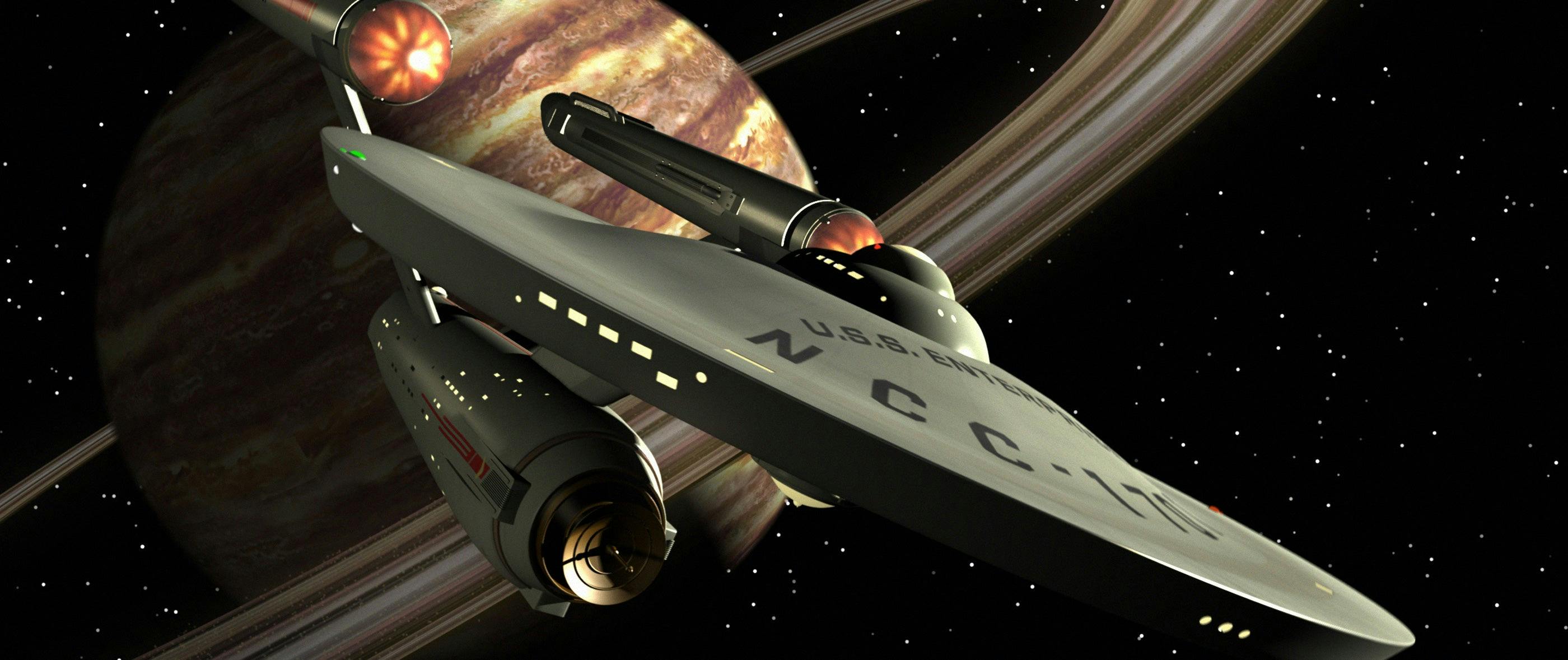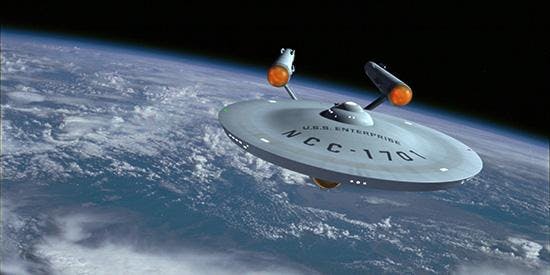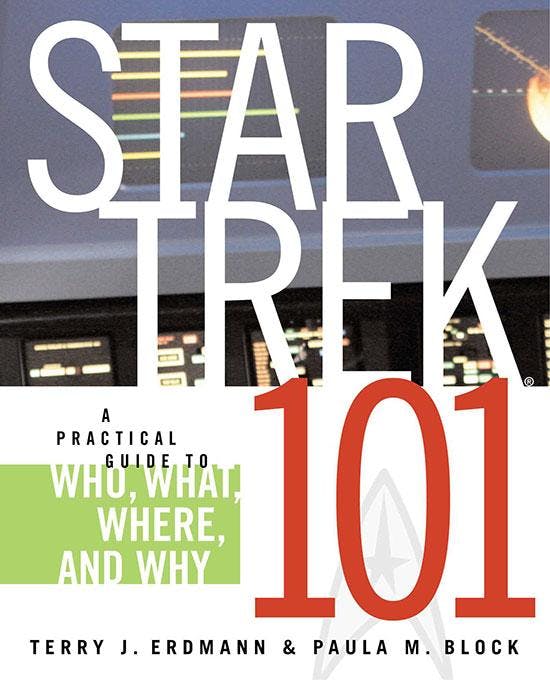Published Oct 19, 2016
Star Trek 101: The U.S.S. Enterprise
Star Trek 101: The U.S.S. Enterprise

StarTrek.com is pleased to unveil a regular new column, Star Trek 101, which serves two functions: succinctly introduce Star Trek newcomers to the basic foundations and elements of the franchise and refresh the memories of longtime Trek fans. We'll be pulling our entries from the book Star Trek 101: A Practical Guide to Who, What, Where, And Why, written by Terry J. Erdmann & Paula M. Block and published in 2008 by Pocket Books. An invaluable resource, it encompasses The Original Series, The Animated Series, The Next Generation, Deep Space Nine, Voyager and Enterprise, as well as the first 10 Trek feature films.

Let's start with original U.S.S. Enterprise:
The U.S.S. Enterprise is an interstellar spacecraft with a crew complement of 430 men and women. The ship is powered by warp-drive engines that allow it to travel many times faster than the speed of light, covering great distances within a practical time frame. (You don't really need to know this to enjoy the show; just assume you'll be visiting an average of one planet per week).
Becasue the ship is large and a bit ungainly, the Enterprise never lands. It wasn't designed for it. Whenever the ship arrives as a strange new world, it stays in orbit while a "landing party" either pilots a small craft down to the surface or uses the transporter to "beam" there (this will be explained later). The transporter, like warp drive, is a great time-saving device; Starfleet clearly employs a lot of efficiency experts.

Paula M. Block and Terry J. Erdmann are coauthors of numerous books about the entertainment industry, including—Star Trek 101; Star Trek Costumes: Fifty Years of Fashion from the Final Frontier; Star Trek: The Original Series 365; and Star Trek: Deep Space Nine Companion. They currently are writing the latest in their series of Ferengi novellas, which (so far) includes Lust’s Latinum Lost (and Found); and Rules of Accusation. Their most recent non-Star Trek book is Labyrinth: The Ultimate Visual History.
